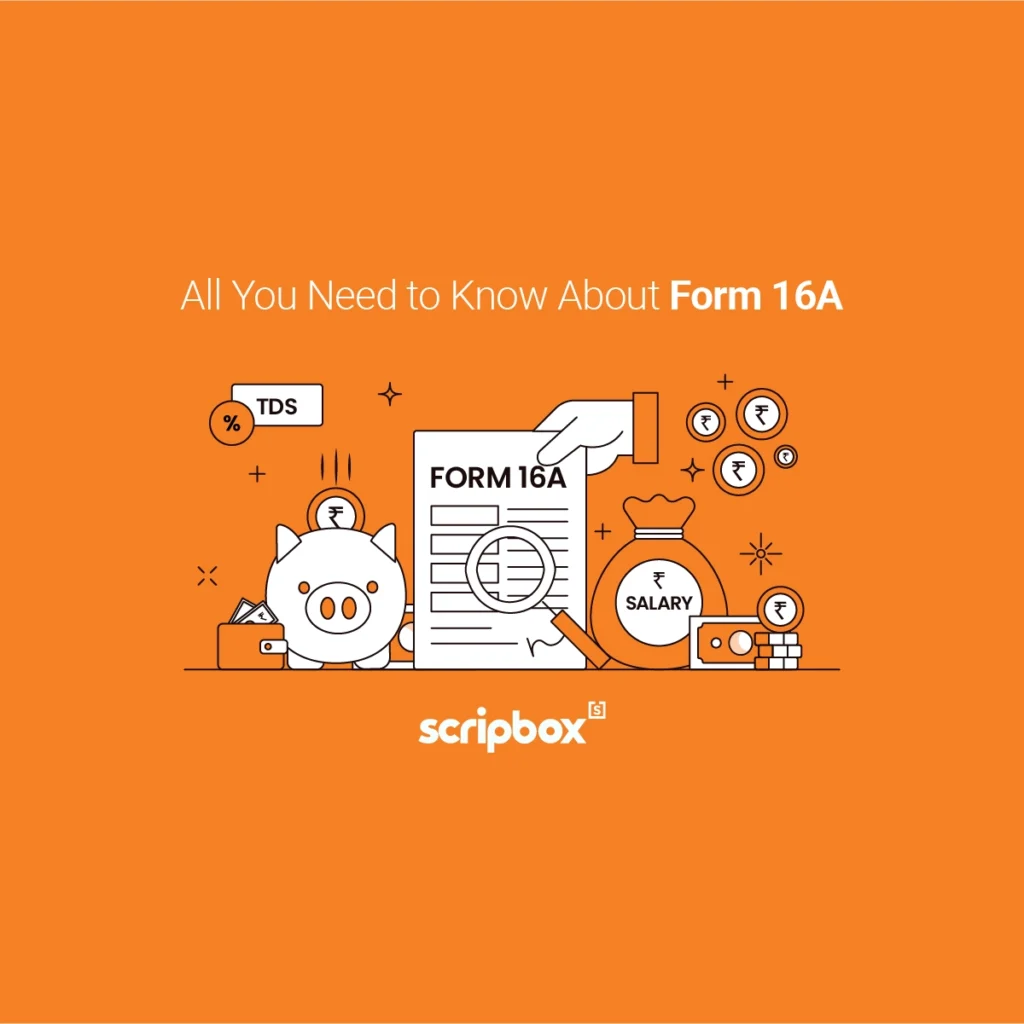Form 16A in India is a critical document for individuals and entities receiving non-salary income, detailing Tax Deducted at Source (TDS) for accurate ITR filing. With India’s tax base expanding, understanding this form is essential for freelancers, investors, and businesses. What is it, and how does it simplify taxes? Let’s break it down.
What Is Form 16A?
Form 16A is a TDS certificate for non-salary income. Unlike Form 16, which is issued for salary income, this form covers all non-salary payments such as professional fees, interest, rent, and contractor payments. This form applies to professionals, freelancers, and business owners.
For example, if a bank deducts TDS on interest earned from fixed deposits, it issues Form 16A to the account holder. This document not only confirms the tax deduction but also helps in filing income tax returns accurately.
Key Components:
Form 16A includes specific details required by the Income Tax Department. These help match the TDS information with what is filed in the tax return. Some key elements include:
- Name and PAN of deductor and deductee
- TDS amount and nature of payment
- Date and amount of payment or credit
- Challan number and TDS deposit details
Moreover, this certificate is issued quarterly and can be downloaded from the TRACES portal by the deductor. It is digitally signed and acts as valid proof of TDS deduction. It also helps validate the entries in your Form 26AS — the consolidated tax statement.
This form also acts as legal proof of TDS payment, which is crucial during assessments or audits. For instance, if you’re a consultant receiving over ₹30,000 from a company, that company is legally required to deduct 10% TDS and issue this form quarterly.
Who Needs Form 16A?
If you’re not earning a monthly salary but still receive taxable income, Form 16A is likely relevant for you. Common recipients include:
- Freelancers and independent consultants
- Real estate agents or landlords receiving rent
- Contractors and professionals (e.g., doctors, architects)
- Businesses making B2B payments
For example, if a bank pays you more than ₹10,000 annually in interest on fixed deposits, it must deduct 10% TDS and issue Form 16A. Also, businesses issuing these payments must file TDS returns quarterly and generate the form through the TRACES portal. The form is mandatory under Section 203 of the Income Tax Act.
Why It Matters:
Using Form 16A ensures you claim the correct TDS credit while filing ITR. Without this form, you might pay tax twice. It is also crucial for loan applications as banks use it to verify income when granting personal or business loans. This form is a recognised evidence of non-salary income and tax compliance.
This form is crucial for freelancers, consultants, and vendors. These individuals often receive multiple payments with TDS deductions. Thus, keeping track of every Form 16A helps consolidate income records. If the details on this form don’t match your Form 26AS, you may miss out on tax benefits or face processing delays.
Conclusion:
Form 16A ensures seamless TDS compliance for non-salary income, saving time and avoiding penalties, but requires diligent verification. It ensures you get your tax credits, proves income, and supports loan applications. Whether you’re earning through consultancy, rental income, or bank deposits, this certificate is your proof of tax compliance. Ready to file your ITR? Explore more tax insights now!
– Ketaki Dandekar (Team Arthology)
Read more about Form 16A here – https://groww.in/16a
